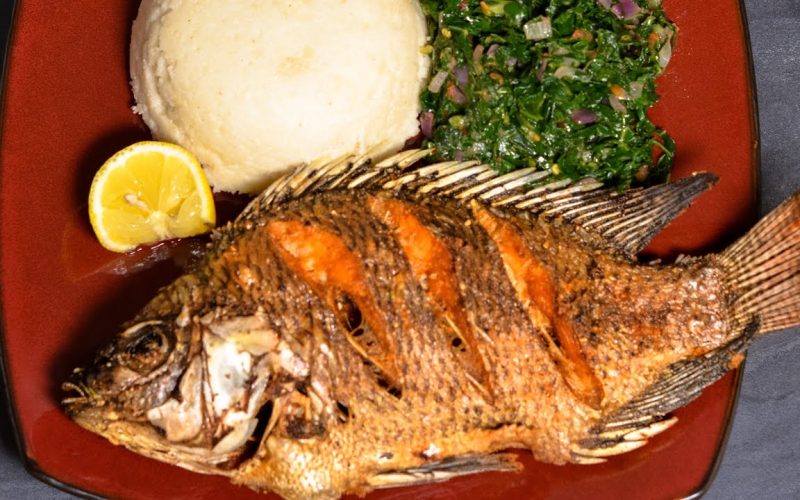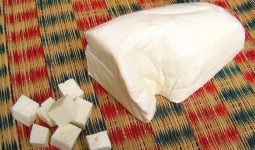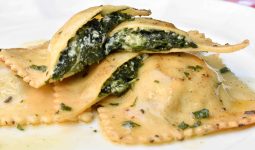Tilapia is a popular and versatile fish that’s easy to prepare, making it a great option for quick and tasty meals.
One of the most common methods of cooking this mild-flavored fish is by frying it in oil.
If you’re looking to cook up some delicious tilapia fillets, you’ve come to the right place.
Before diving into the process, let’s take a moment to discuss the nutritional benefits of tilapia.
It’s low in calories and fat, high in protein, and a good source of essential nutrients like vitamins B12 and D and omega-3 fatty acids.
Now that we understand the healthy aspect of tilapia let’s focus on how long it takes to fry tilapia in oil for perfectly cooked, scrumptious results.
Key Takeaways
- Frying tilapia in oil is a quick and delicious method of preparation
- Tilapia offers nutritional benefits such as protein, vitamins, and omega-3 fatty acids
- Be mindful of cooking time to ensure perfectly cooked, tender tilapia fillets
Nutrition Information
When frying tilapia, you can expect certain nutritional information to be associated with this delicious fish.
In general, one serving of fried tilapia contains about 285 calories, a solid amount of protein (about 22 grams), and relatively low fat (approximately 11 grams).
Most of the fat in fried tilapia consists of unsaturated fats, which are considered healthier than saturated fats.
However, when frying the fish, it may also absorb some saturated fat from the oil.
The saturated fat content per serving will most likely be around 1.6 grams.
According to the nutrition facts, fried tilapia has a low cholesterol content (approximately 42 milligrams), making it a heart-healthy option for those watching their cholesterol intake.
Sodium levels can vary depending on the seasoning and type of oil used for frying, but a typical serving might contain about 157 milligrams.
Regarding minerals, fried tilapia provides a good amount of potassium (approximately 230 milligrams), a small amount of calcium (21 milligrams), and a trace of iron (0.6 milligrams) in one serving.
Vitamin C content is minimal in fried tilapia, which is not unusual for fish dishes.
However, tilapia does contain significant amounts of other essential vitamins, such as B vitamins, which are important for maintaining good health.
You can easily adjust your tilapia recipe to suit your dietary needs based on the nutrition data.
For example, you could reduce sodium by choosing a low-sodium seasoning or increase the protein content by using a slightly thicker fillet.
When frying tilapia, it is important to remember that its nutrient content may differ depending on the size and weight of the fillet and the cooking method.
With the information provided, you can better understand the nutrition in your next fried tilapia dish.
How Long to Fry Tilapia in Oil?
Frying tilapia is a popular and quick cooking method that yields delicious results. You can have a perfectly cooked fish fillet in a few minutes.
To achieve the best outcome, paying attention to both the cooking time and temperature is essential.
Firstly, pat your tilapia fillets dry with a paper towel after rinsing them under cold water.
Preheat your frying pan with enough oil to cover the bottom of the pan. The ideal frying temperature for tilapia is between 350°F to 375°F (175°C to 190°C).
You can use a thermometer to check the oil temperature or wait until it shatters in the pan.
When the oil is hot enough, carefully place your tilapia fillets into the pan, ensuring they don’t overlap.
It’s essential not to overcrowd the pan so the fish can cook evenly. Cook each side for about 6 to 10 minutes, maintaining medium heat during frying.
Be mindful of the sizzling sound, which may indicate that the fish requires more cooking time. You can also check for a golden brown color, signaling a crispy exterior.
Always use a splatter screen or a partially opened lid to cover the frying pan.
This will help prevent any oil splatters while still allowing steam to escape.
After the cooking time has passed, use a spatula to remove the fillets from the frying pan and transfer them onto a plate lined with paper towels.
This helps to absorb any excess oil, ensuring a tasty and not overly greasy result.
Now that you understand the optimal cooking time and temperature for frying tilapia, you’re well-equipped to whip up a delicious and satisfying meal.
Just remember to watch the fillets and be patient as you wait for that perfect golden-brown crispiness.
Enjoy your pan-fried tilapia!








